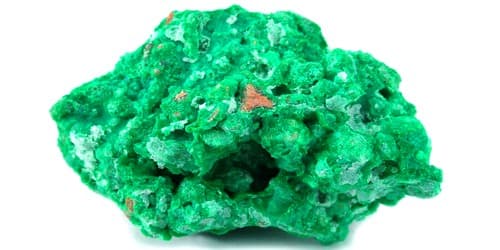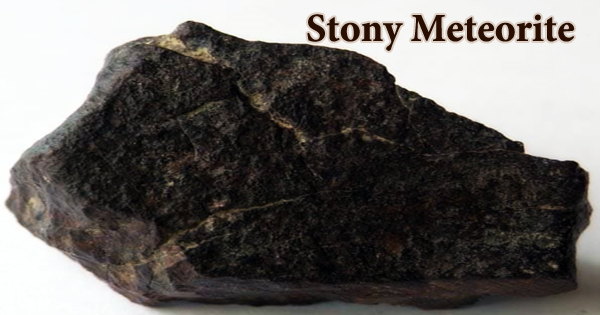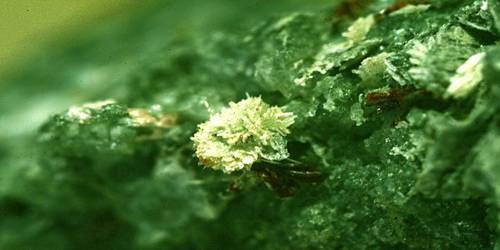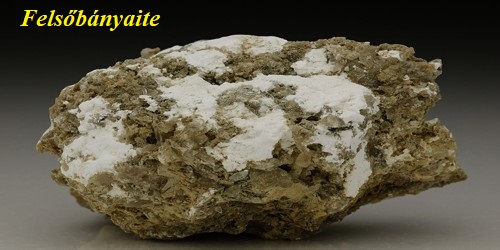Népouite is a rare nickel silicate mineral which has the apple green color typical of such compounds. It is a mineral consisting of a hydrous nickel magnesium silicate. It was named by E Glasser in 1907 after the place where it was first described (the type locality), the Népoui Mine, Népoui, Nouméa Commune, North Province, New Caledonia.
The ideal formula is Ni3(Si2O5)(OH)4, but most specimens contain some magnesium and (Ni, Mg)3(Si2O5)(OH)4 is more realistic. There is a similar mineral called lizardite (named after the Lizard Complex in Cornwall, England) in which all of the nickel is replaced by magnesium, formula Mg3(Si2O5)(OH)4. These two minerals form a series; intermediate compositions are possible, with varying proportions of nickel to magnesium.
General Information
- Category: Phyllosilicates (Kaolinite-serpentine group)
- Formula: Ni3(Si2O5)(OH)4,
- Crystal system: Orthorhombic
- Crystal class: Pyramidal (mm2) (same H-M symbol)
- Colour: bright green (typical of nickel-bearing silicates) to yellowish or brownish-green, depending on nickel content.
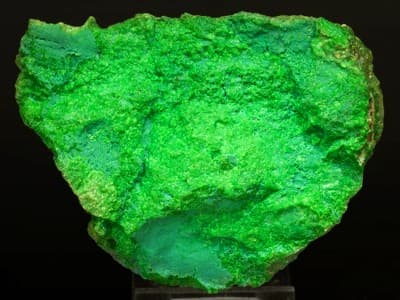
Properties
- Crystal habit: generally massive, also fibrous and microscopic pseudohexagonal platy crystals
- Cleavage: perfect on {001}
- Mohs scale hardness: 2 to 2.5
- Luster: earthy to waxy, also pearly
- Streak: greenish-white
- Diaphaneity: semitranslucent
- Specific gravity: 3.18 to 3.24 (measured)
- Optical properties: Biaxial (-)
- Density:3.24 g/cm3 (Measured) and 3.26(13) g/cm3 (Calculated).
Occurrence: An alteration product of nickel-rich ultrama¯c rocks.
As well as the type locality in New Caledonia, it has been found in Australia, Austria, the Czech Republic, the Democratic Republic of Congo, Germany, Greece, Italy, Japan, Morocco, Poland, Russia, South Africa, and the US.
Association: Serpentine, chlorite, hydrous nickel silicates, iron oxides.
Information Source:
